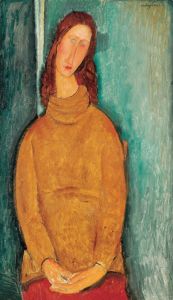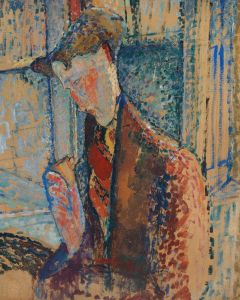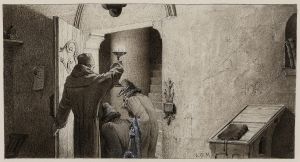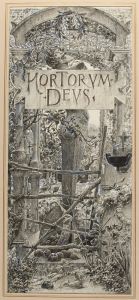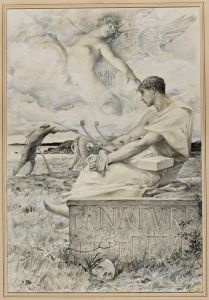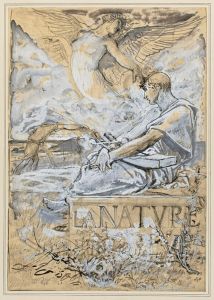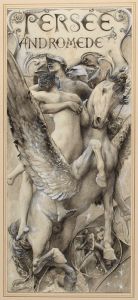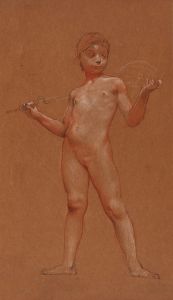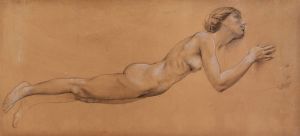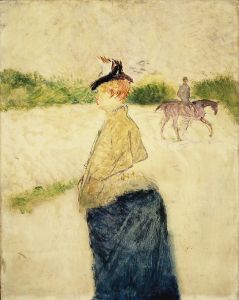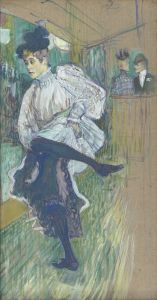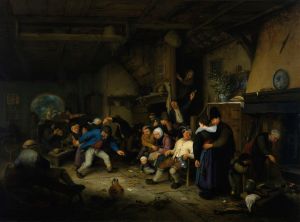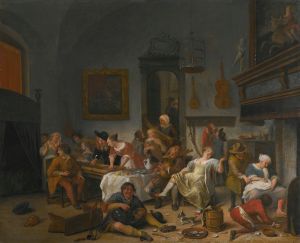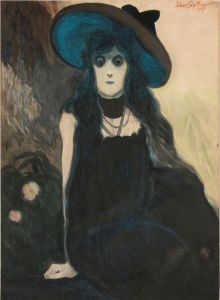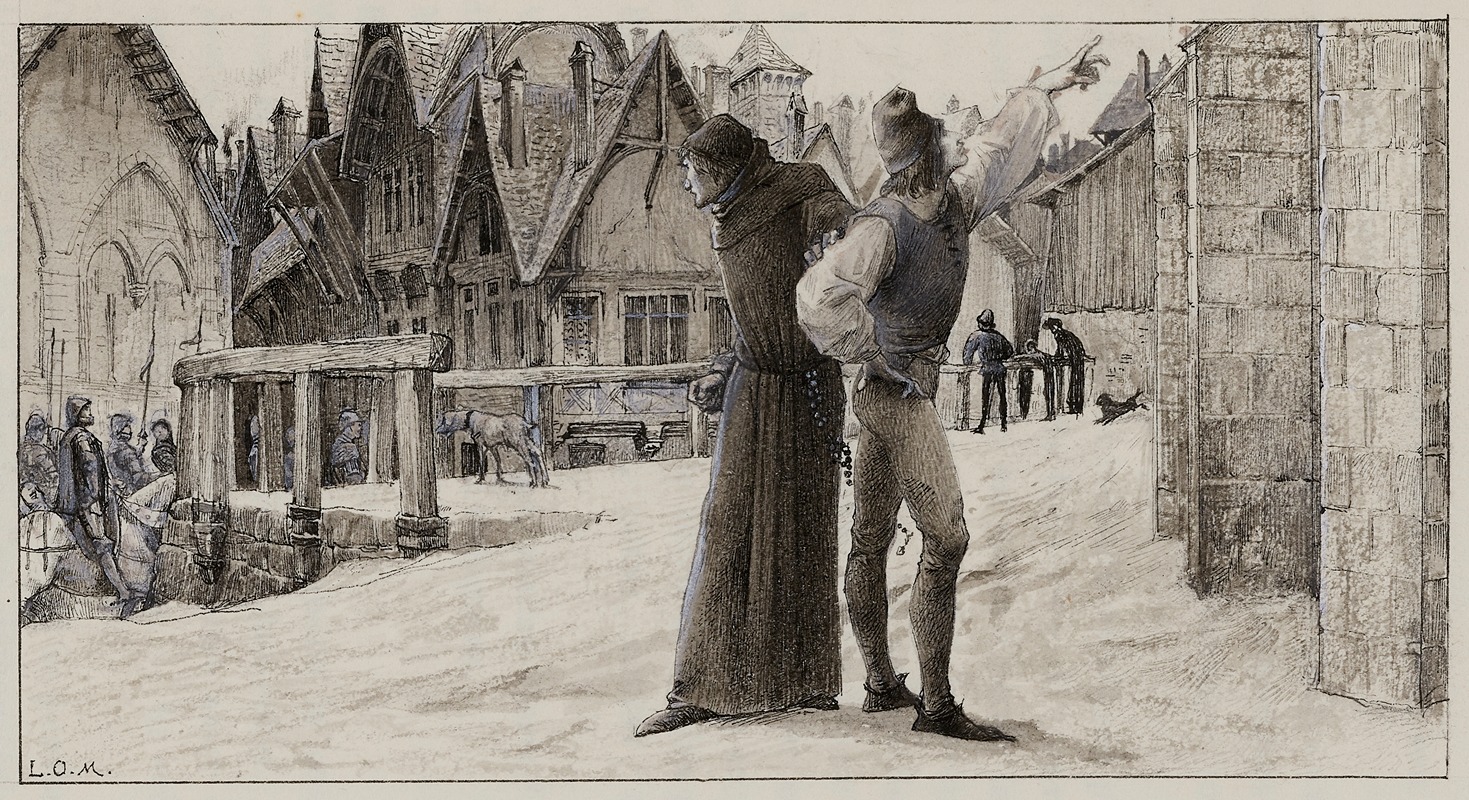
Gringoire a plusieurs bonnes idées de suite rue des Bernardins
A hand-painted replica of Luc-Olivier Merson’s masterpiece Gringoire a plusieurs bonnes idées de suite rue des Bernardins, meticulously crafted by professional artists to capture the true essence of the original. Each piece is created with museum-quality canvas and rare mineral pigments, carefully painted by experienced artists with delicate brushstrokes and rich, layered colors to perfectly recreate the texture of the original artwork. Unlike machine-printed reproductions, this hand-painted version brings the painting to life, infused with the artist’s emotions and skill in every stroke. Whether for personal collection or home decoration, it instantly elevates the artistic atmosphere of any space.
Luc-Olivier Merson was a notable French painter and illustrator, born on May 21, 1846, in Paris, and he passed away on November 13, 1920. He was a prominent figure in the academic art scene of the late 19th and early 20th centuries. Merson is best known for his historical and religious paintings, as well as his work in book illustration and design.
One of Merson's works is titled "Gringoire a plusieurs bonnes idées de suite rue des Bernardins," which translates to "Gringoire Has Several Good Ideas in a Row on Rue des Bernardins." This painting is part of Merson's broader body of work that often depicted historical or literary themes with a focus on narrative and detail.
The title of the painting references Pierre Gringoire, a French poet and playwright from the late 15th and early 16th centuries. Gringoire was known for his satirical and allegorical works and was a contemporary of King Louis XII. The setting, Rue des Bernardins, is a street in Paris, which adds a specific geographical and cultural context to the painting. This street is located in the Latin Quarter, an area known for its historical significance and its association with scholars and artists.
Merson's style is characterized by meticulous attention to detail and a strong narrative element, often incorporating historical or literary references. His works frequently exhibit a blend of realism and idealism, capturing both the physical likeness and the essence of the subjects he portrayed. This approach is evident in "Gringoire a plusieurs bonnes idées de suite rue des Bernardins," where Merson likely combines historical accuracy with imaginative interpretation.
Throughout his career, Merson received numerous accolades for his work. He was awarded the Prix de Rome in 1869, which allowed him to study at the Villa Medici in Rome. This experience significantly influenced his artistic development, exposing him to classical art and architecture. Merson's contributions to the arts were recognized with his appointment as a member of the Académie des Beaux-Arts in 1906.
In addition to his paintings, Merson was a prolific illustrator, contributing to various publications and designing banknotes and postage stamps. His versatility and skill in different media made him a respected figure in the art world of his time.
While specific details about the painting "Gringoire a plusieurs bonnes idées de suite rue des Bernardins" are limited, it can be appreciated within the context of Merson's broader oeuvre. His work often reflects a deep engagement with historical and cultural themes, rendered with technical precision and a keen sense of storytelling.
Luc-Olivier Merson's legacy endures through his contributions to both painting and illustration, and his works continue to be studied and appreciated for their artistic and historical significance.





